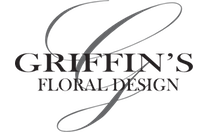Planning a wedding can be as exciting as getting engaged, from anticipating the day itself to picturing married life together. But some aspects of wedding planning can be confusing or downright daunting. Some wedding traditions, like carrying a bridal bouquet, can seem antiquated and therefore nonsensical. However, the experts at Griffin’s Weddings are here to explain the history of this particular wedding day tradition in hopes that it will help you make the best decisions for your special day. So where do wedding bouquets come from, anyway?
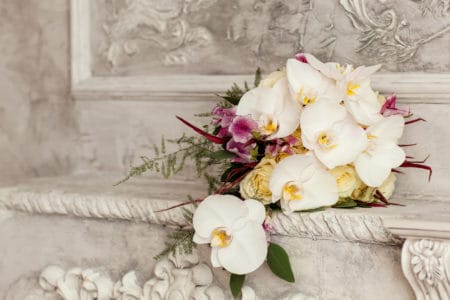
Back in Ancient Times…
As far back as history records, brides have carried a gathering of flowers and greenery down the aisle during their wedding ceremony. In ancient times, the choice of flower or herb to be carried was very much connected to symbols of beauty and fertility. Certain types of foliage like wheat or orchids were chosen for their aphrodisiac properties in hopes that this would lead to much fertility for the couple. Ancient Greece and Rome were especially concerned with the aesthetics of all ceremonies, so choosing flowers, berries, and herbs that exhibited beauty and highlighted the bride’s beauty was highly important.
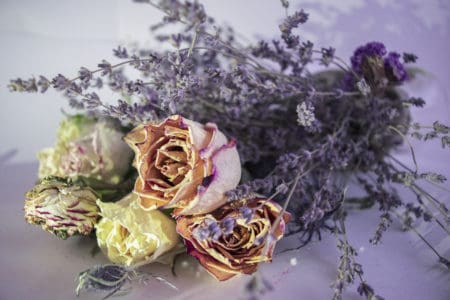
…Moving Into the Middle Ages…
As history marched forward, beliefs about good and evil spirits as well as superstition became prevalent. The Middle Ages included many practices based solely on purging or protecting oneself from evil and surrounding oneself and loved ones with good. Weddings were no exception, so brides carried garlic and dried rosemary to ward off evil spirits that might try to rob her and her groom of happiness, fertility, or wealth. Many bridal bouquets also featured peonies and hydrangea, good luck charms meant to protect and prosper the happy couple. Some say this was the time during which bridesmaids began to dress like the bride in an effort to confuse evil spirits bent on ruining the bride’s special day. If they couldn’t tell which one the bride was, they couldn’t cause harm!
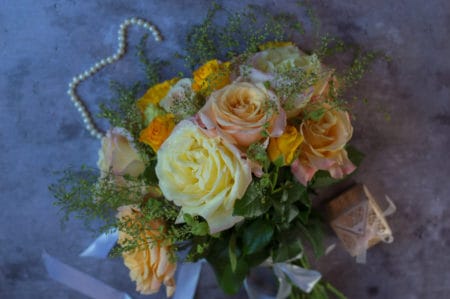
The Symbolic Victorian Era
The Victorian Era gave way to more emphasis on beauty, color, and fragrance as well as the special meanings behind tokens such as flowers. Certain flowers and colors symbolized certain messages, like yellow daffodils for friendship or white lilies for purity. In wedding bouquets, presenting a special message was even more important, so the couple might choose purple for royal connections, red or orange to symbolize their passion for one another, or pink and white to mark the innocence of their love. After Queen Victoria carried myrtles in her wedding bouquet, every royal bride, including Kate Middleton, has included them in her bridal bouquet as well.
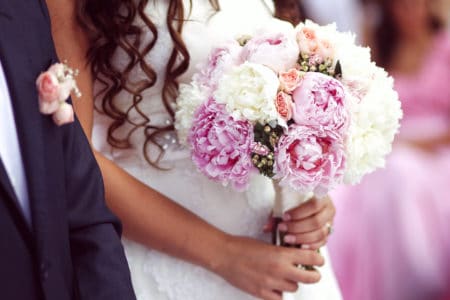
Today’s Bridal Bouquets
These days, most bridal bouquets are chosen as an accent to the wedding’s overall color and theme, for example, many rustic weddings will feature daisies, sunflowers, or a collection of wildflowers for a bridal bouquet, while a classically traditional wedding might feature a number of roses or ranunculus. A winter wedding might include holly berries and snowy twigs of evergreen, while a beach wedding can include birds of paradise and orchids.
Styling your wedding bouquet has never been easier because you can choose to make your bouquet what you want it to be. If you and your partner have an eclectic style, your bouquet should reflect that. If you want to follow tradition, we can help you choose a more traditional mixture of blooms. Talk to the wedding experts at Griffin’s Weddings about the best choices of bridal bouquets and other floral arrangements for your wedding day. We’ll talk you through plenty of options and help you pair the perfect combination for your style.
